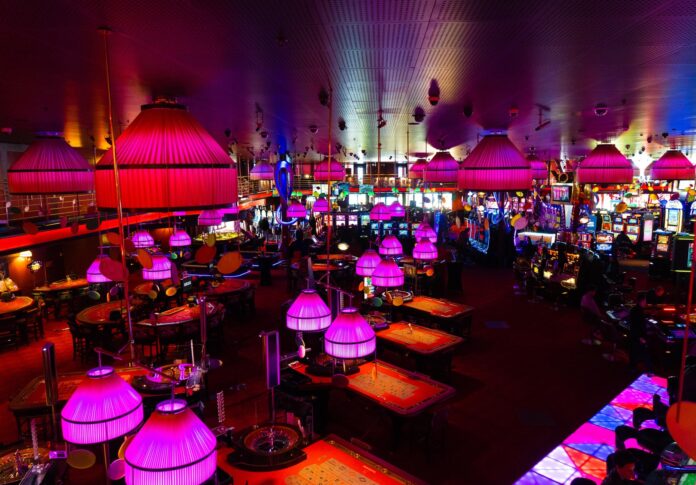
Thanks to James Bond and a host of other casino movies and TV shows, the lure of the gaming floor is irresistible for many travellers. Millions of tourists every year are drawn to the style and sophistication of casinos, from the continental chic of Monte Carlo to the glitz and glamour of Las Vegas.
With all-star shows, free drinks, complimentary snacks and smiling staff, it feels like everything in a casino has been designed to make your experience the best it can be.
When it comes to visiting a casino, you probably think you’re in the driving seat. After all, you’ve set wagering limits and you’re confident that you have the self-control to play on your own terms and stop whenever you want. What you decide to play, and how long you play for, is entirely your own choice. This is your night, it has been designed just for you, and you’re the one who is going to beat the bank and take home the spoils, right?
Actually, you couldn’t be more wrong. Unlike the various online casinos you can find listed at Casino Smash, where you get to choose the venue and the atmosphere, brick and mortar casinos control every last detail of the atmosphere and ambience, and they use it all to their advantage. There is complex psychology at work at every turn, all of which is designed to make you spend more and stay for longer.
A timeless wonderland
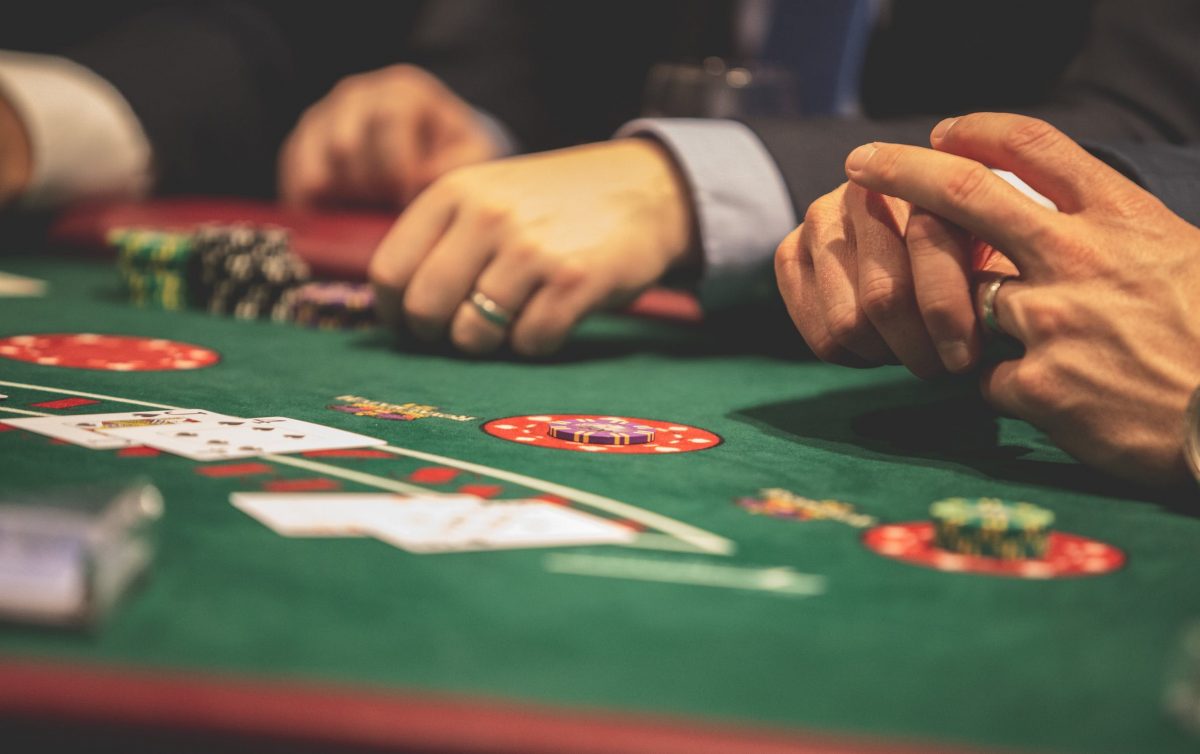
The first thing you may notice in a casino is that there are no windows and no clocks. The casino is designed to be a timeless place where you can just play and play, without worrying about when it’s time to go home or even being aware of how long you have been playing for.
Once they have tempted you inside, they want to keep you there for as long as possible. The last thing they want is for daytime visitors to notice it going dark or all-night players seeing the sunrise and realising how long they have been playing for. They want time to stand still.
The outside world is replaced by a swirling sensory overload of sounds and lights, exploiting the psychology of colour to keep you alert and stimulated. They don’t want you heading for your bed, but they don’t want you too sharp either. That’s why you’ll find the carpets are often gaudy and psychedelic, designed to keep you a little disorientated to throw you off your game.
You’ll find the layout labyrinthine; designed to expose you to the maximum temptation from slots and other games as you search for the restrooms or head to the bar.
Even when it comes time to leave, you’ll find the cashiers are usually near the back of the casino. This means that even if you have won and want to cash out your chips, you have to walk past all those slot machines and gaming tables to get there – and walk past them again to get back out. This gives the casino one last chance to expose you to all they have to offer to try and get those winnings back off you.
Sounds and smells
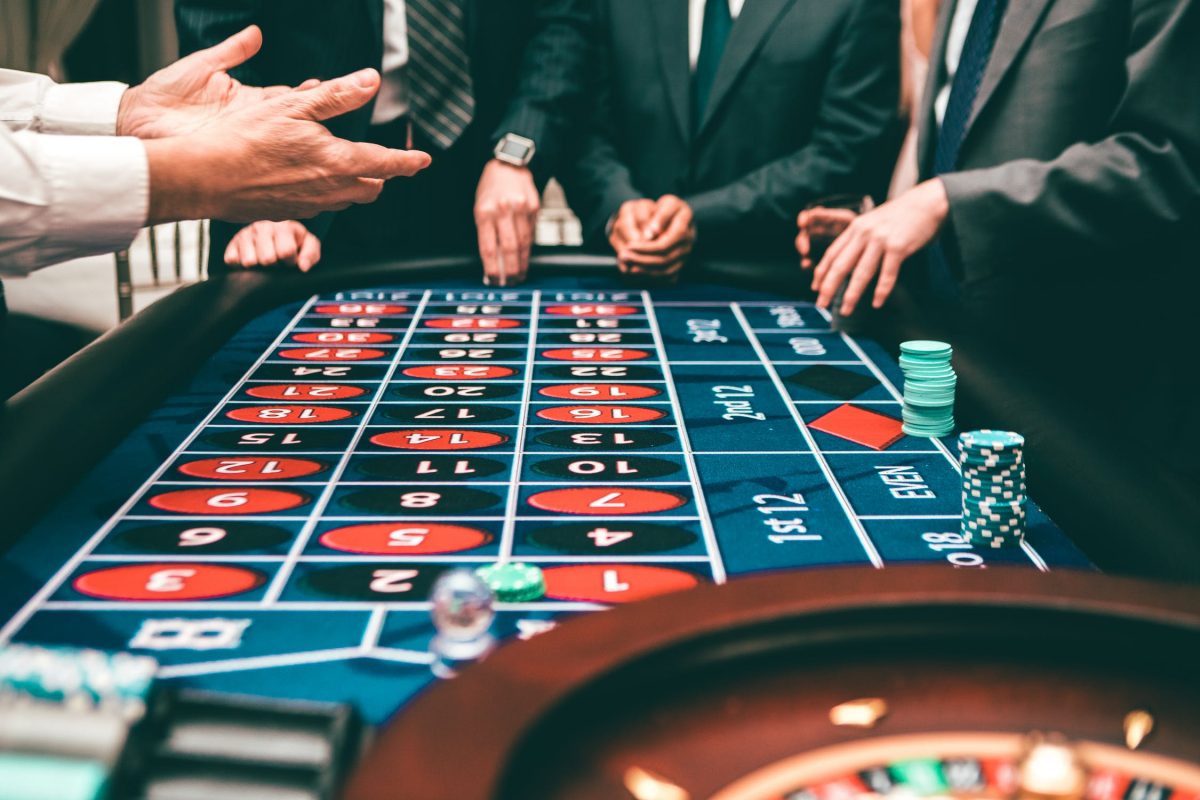
You won’t be surprised to learn that big wins are a big deal in the casino, everyone knows about them thanks to the bright lights and loud noises that accompany them.
However, you may not be aware that casinos are playing on your other senses too.
We’ve already talked about visual manipulation, but the smell of a casino can be just as important. Just like the tantalising odour of fresh bread pumped out near the supermarket doorway will get you in the mood for food, spraying certain scents through the casino air conditioning can drive up revenue by up to 45% on slot machines.
Some casinos have even been known to pump out oxygen to stimulate players and keep them awake and playing after a long day. Additionally, almost all casinos use free drink offers to lull players into making riskier decisions.
Competing theories
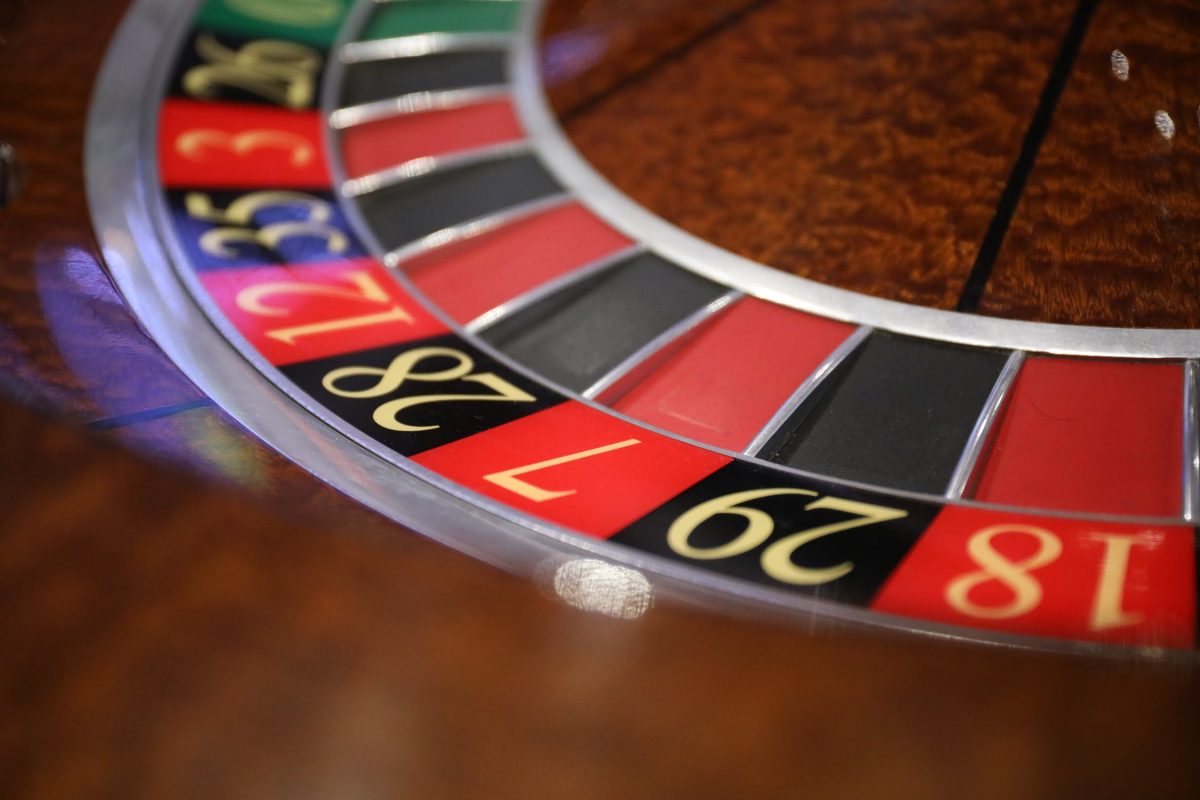
The traditional psychology of casino design discussed above was summarised in the definitive book on the subject: Designing Casinos to Dominate the Competition, published in the late ’90s by casino consultant, Bill Friedman. However, this method has been challenged in recent years by a more open approach, pioneered by interior designer, Roger Thomas.
Contrary to the received wisdom of casino design, Thomas’s interior designs are less about corralling players into tightly packed gaming dens, and more about making them feel at home and comfortable.
Thomas’s so-called “playground casinos” have large windows, welcoming lobbies, high ceilings and expansive areas free of tempting slots. He believes that the more relaxed a player feels, the longer they will stay and play, and several high-profile casinos have moved over to his way of thinking.
Mind games
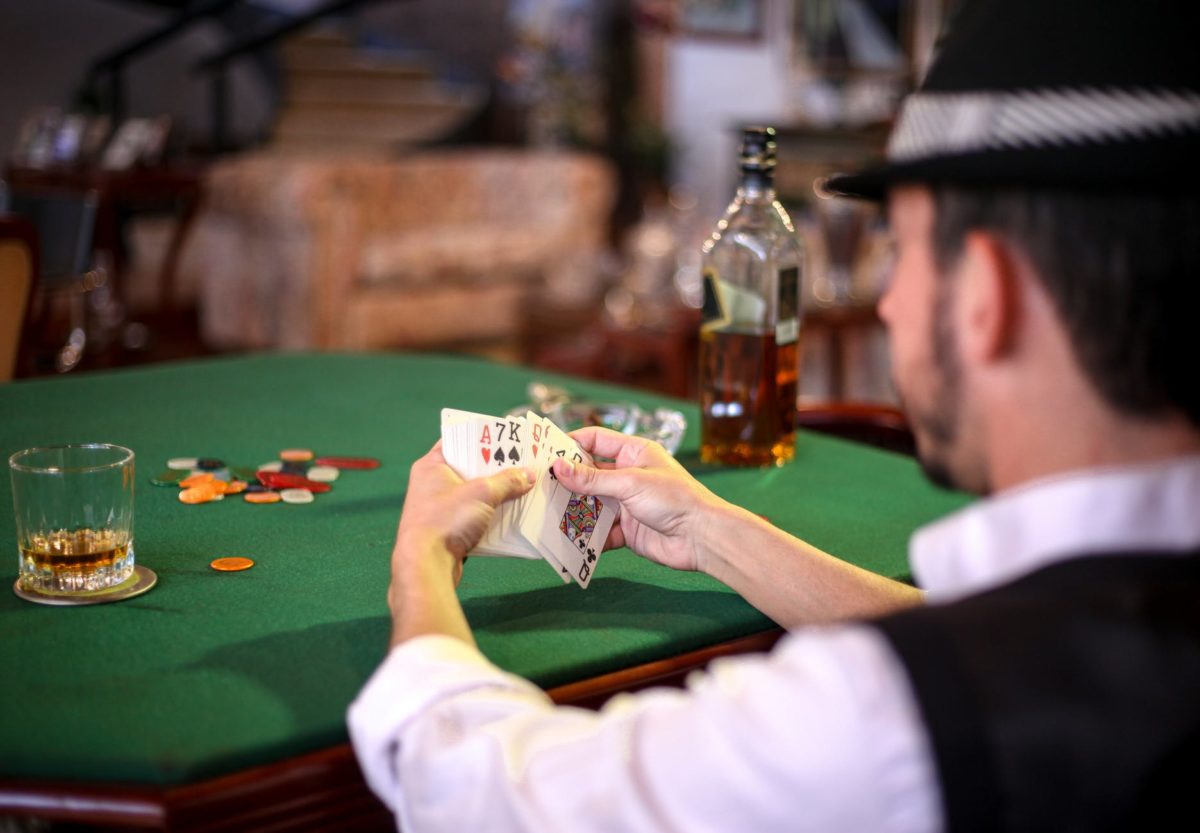
Whether they follow Friedman or Thomas, it is important to remember that casinos are as much about mind games as they are about card games. They may create an image of a fun, player-friendly leisure venue, but at the end of the day, the casino industry is a business – and a colossal one at that. Casinos in Nevada, home to Las Vegas, took $24.5billion on their own in 2019, and you don’t achieve revenues like that by putting the customer’s needs first.
However, just like supermarket loss leaders and end of aisle offers, once you understand the thinking behind the design and layout of a casino – and you learn to recognise the subtle strategies and techniques that are employed – you can use them to your advantage.
By keeping your wits about you and looking out for the psychology at play, you can take advantage of all the free gifts and enjoy all the tricks and treats, canapes and cocktails, while carefully avoiding being manipulated in the process.
The best part is, casinos won’t even mind if you do. There are enough people blindly falling for all their mind games that it makes very little difference if a few smarter players get the better of them.
















